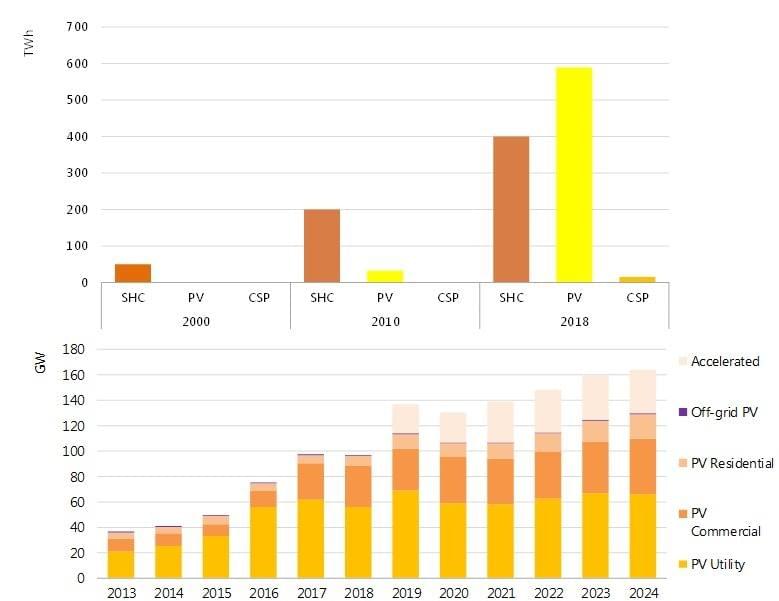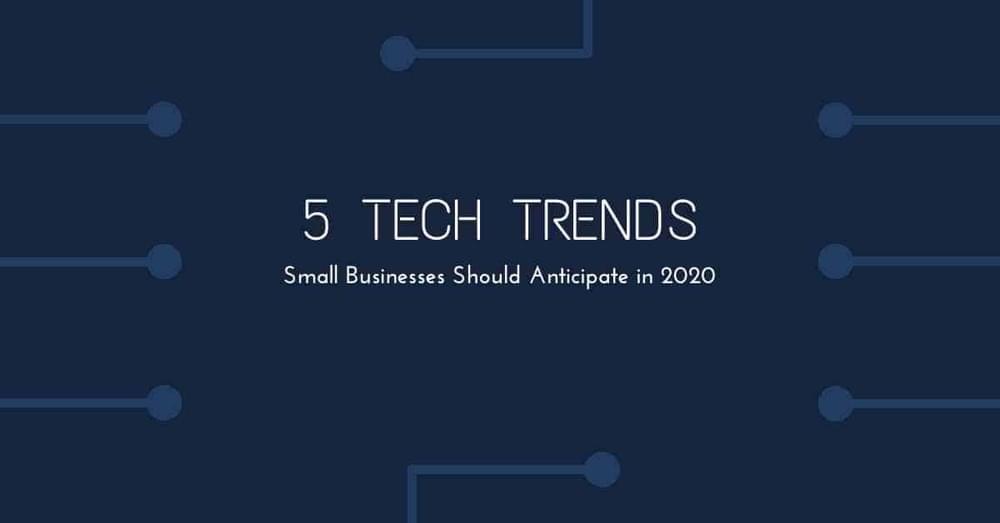
Category: business – Page 161


New AI Technology Reshapes Customer Experiences in Online Shopping
And this is not the only industry that AI is working its magic on.
Online shopping platforms and online stores have already been employing smart techniques to thrive. From aggressive advertising to strategic partnerships, they have been highly successful in attracting customers and growing their profits. It is also not unexpected that many businesses are already using artificial intelligence in various forms.
Based on numbers from Statista, the global AI market in the retail industry was valued at $3.9 billion in 2020 and is expected to grow to $5.06 billion in 2021 and $6.55 billion in 2022. It is projected to accelerate its growth to become a $23.32 billion market by 2027.

Alibaba Just Unveiled One of China’s Most Advanced Chips
Alibaba Group Holding Ltd. unveiled a new server chip that’s based on advanced 5-nanometer technology, marking a milestone in China’s pursuit of semiconductor self-sufficiency.
The Chinese tech giant’s newest chip is based on micro-architecture provided by the SoftBank Group Corp.-owned Arm Ltd., according to a statement Tuesday. Alibaba, which is holding its annual cloud summit in Hangzhou, said the silicon will be put to use in its own data centers in the “near future” and will not be sold commercially, at least for now.
“Customizing our own server chips is consistent with our ongoing efforts toward boosting our computing capabilities with better performance and improved energy efficiency,” said Jeff Zhang, president of Alibaba Cloud Intelligence and head of Alibaba’s research arm Damo Academy. “We plan to use the chips to support current and future businesses across the Alibaba Group ecosystem.”

Real-Time Bidding: The Ad Industry Has Crossed A Very Dangerous Line
This post is a collaboration with Dr. Augustine Fou, a seasoned digital marketer, who helps marketers audit their campaigns for ad fraud and provides alternative performance optimization solutions; and Jodi Masters-Gonzales, Research Director at Beacon Trust Network and a doctoral student in Pepperdine University’s Global Leadership and Change program, where her research intersects at data privacy & ethics, public policy, and the digital economy.
The ad industry has gone through a massive transformation since the advent of digital. This is a multi-billion dollar industry that started out as a way for businesses to bring more market visibility to products and services more effectively, while evolving features that would allow advertisers to garner valuable insights about their customers and prospects. Fast-forward 20 years later and the promise of better ad performance and delivery of the right customers, has also created and enabled a rampant environment of massive data sharing, more invasive personal targeting and higher incidences of consumer manipulation than ever before. It has evolved over time, underneath the noses of business and industry, with benefits realized by a relative few. How did we get here? More importantly, can we curb the path of a burgeoning industry to truly protect people’s data rights?
There was a time when advertising inventory was finite. Long before digital, buying impressions was primarily done through offline publications, television and radio. Premium slots commanded higher CPM (cost per thousand) rates to obtain the most coveted consumer attention. The big advertisers with the deepest pockets largely benefitted from this space by commanding the largest reach.

GlobalData: China is ahead of global rivals for AI ‘unicorns’
China is pulling ahead of global rivals when it comes to innovative AI “unicorns” that are pushing the technology forward. Research from GlobalData has found that — of the 45 international AI unicorns identified — China has the largest share with 19 based in the country.
Collectively, the Chinese AI unicorns are valued at $43.5 billion.
Beijing has been on a regulatory crackdown in recent months, especially on Chinese companies doing business in, and with, the US.
Robotaxi firm Didi, for example, was targeted by Chinese authorities following its $4.4 billion listing on the New York Stock Exchange (NYSE). Chinese regulators forced Apple to remove Didi from the App Store while other app stores operating in China have also been ordered not to serve Didi’s app.
Despite the crackdowns, AI development in China has remained strong.
Full Story:

Solar panels on half the world’s roofs could meet its entire electricity demand — new research
I think we should approach from two angles: 1. encourage and fund through government to have everyone who can to put solar on their home/building/whatever. 2. Also have the massive sites dedicated to solar and wind harvesting. Seems we could be totally solar by mid 2030s.
Rooftop solar panels are up to 79% cheaper than they were in 2010. These plummeting costs have made rooftop solar photovoltaics even more attractive to households and businesses who want to reduce their reliance on electricity grids while reducing their carbon footprints.
But are there enough rooftop surfaces for this technology to generate affordable, low-carbon energy for everyone who needs it? After all, it’s not just people who own their own houses and want to cut their bills who are in need of solutions like this. Around 800 million people globally go without proper access to electricity.

Can Artificial Intelligence Help To Close The Financial Equality Gap For Women?
Using AI to analyze your income and expenses regularly is a great way to help you better understand where your money goes each month. Most modern financial institutions have apps that will automatically categorize your spending into expense types, making it easy for you to see how much of your paycheck ends up going toward rent/mortgage, food, transportation, entertainment, etc.
Technology is empowering women to build wealth through AI-assisted financial management. Women are now able to invest and manage their finances by using technology that automatically invests and manages money for them. This software provides a unique algorithm for each woman with personalized goals, risk tolerance, income, and age.
Full Story:
Women in America are disproportionately under-served when it comes to financial products and services. They own less than 1% of the country’s wealth, and they hold even less of their own assets.
A new study from the UConn Women’s Center for Research found that women entrepreneurs need more access to credit, training, and capital – including investments – if they want to grow their businesses. That’s where AI can help.

Building better startups with responsible AI
Founders tend to think responsible AI practices are challenging to implement and may slow the progress of their business. They often jump to mature examples like Salesforce’s Office of Ethical and Humane Use and think that the only way to avoid creating a harmful product is building a big team. The truth is much simpler.
I set out to learn how founders were thinking about responsible AI practices on the ground by speaking with a handful of successful early-stage founders and found many of them were implementing responsible AI practices.
Only they didn’t call it that. They just call it “good business.”

5 Tech Trends Your Small Business Can Utilize Daily
Technology is a critical component of company success. After all, it enables the management of data flow, the tracking of operations, the maintenance of personnel records, the enhancement of connection, and the improvement of customer assistance. Most importantly, it removes the need for human and physical resources in the majority of commercial activities…
This content isn’t available right now.
When this happens, it’s usually because the owner only shared it with a small group of people, changed who can see it or it’s been deleted.
News & Events
Circa 2020 Kawasaki has successfully verified the Close-range Subsea Pipeline Inspection by Autonomous Underwater Vehicle (AUV) #kawasaki
Powering your potential. Kawasaki is committed to providing customers unique business solutions with our innovative technologies to meet diverse societal needs worldwide. Kawasaki, ‘working as one for the good of the planet’.